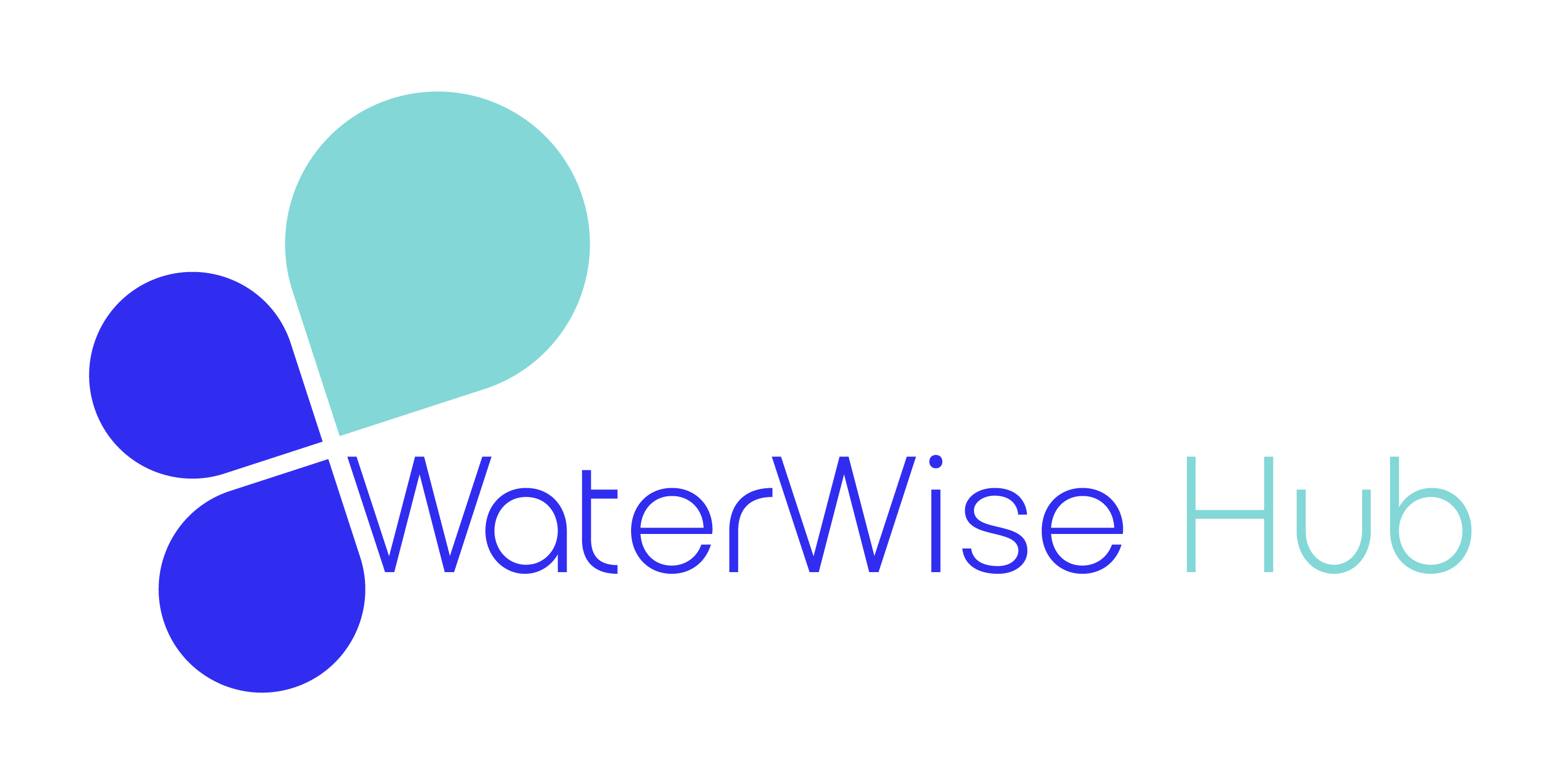Figure 1. Recently constructed wastewater treatment plant in Krusevac, Serbia (90,000 p.e.): anaerobic sludge treatment with biogas utilization and sun drying of dewatered sludge as preparation for incineration
Οur partners at the Faculty of Civil Engineering of the University of Belgrade, guide us through Danube’s southern stronghold providing an overview of the water provision, infrastructure, and legislation. The article also explores Serbia’s water challenges and the R&I initiatives that promise to advance the country’s water sector.
Climate and Hydrology
Serbia is a landlocked Balkan country and 92% of its territory falls within the Danube’s drainage basin. The average annual rainfall is about 730mm and the climate is moderately continental to continental with the highest rainfall occurring between May and July, and the lowest in February. Rainfall results in an average discharge of about 505 m³/s in Serbia’s domestic watercourses, while actual river flows vary significantly both spatially and throughout the year. Serbia’s groundwater resources are also not abundant and are unevenly distributed. Large international rivers: the Danube, Tisza and Sava that flow through Serbia’s northern region, provide flows much greater than those of domestic origin. Serbia relies heavily on the use of water from these international rivers, and for that reason it actively participates in international conventions on their use and protection.
The current state of water protection is unsatisfactory: 60% of the population is connected to sewer systems while less than 20% of municipal wastewater is treated prior to being discharged.
Climate Change
Climate change brings additional uncertainties and pressures: more frequent weather and hydrological extremes, longer dry periods and higher peak flows during floods, as well as a slight reduction in total rainfall in the southern and eastern parts of the country may be expected in the future.
Current State of the Water Sector
Although Serbia is not considered water-poor, its water resources are quite modest and unevenly distributed in terms of space and time, making their efficient use and protection essential. Still, there are many challenges to overcome to achieve this. Below is the brief description of the state of the water sectors:
- 87% of the population is connected to the public water supply, while the rest (mainly rural population) rely on local sources. Two-thirds of drinking water is secured from groundwater sources. Old infrastructure and insufficient maintenance leads to significant water losses, currently over 40%. The quality of natural water in some areas requires robust and advanced drinking water treatment. Water tariffs are not nearly enough to provide cost recovery.
- Industrial water use declined significantly from 1990 to 2015 but has been gradually increasing in recent years.
- Irrigation is currently not well-developed in Serbia, partly due to favorable existing hydrological conditions.
- Hydropower accounts for a quarter of Serbia’s total electricity production. Unfortunately, recent missteps with construction of small hydropower plants have caused local environmental damage and public backlash.

Figure 2. Danube river in Serbia
Water Protection from Pollution
The current state of water protection is unsatisfactory: 60% of the population is connected to sewer systems while less than 20% of municipal wastewater is treated prior to being discharged. The use of permeable septic tanks that pollute groundwater and soil is widespread. The lack of or insufficient pretreatment of industrial wastewater, diffuse pollution from agriculture and illegal solid waste dumps further worsen the situation. As a result, most of Serbia’s surface water bodies have an ecological or chemical status worse than good. Investments in sewerage and wastewater treatment have increased in recent years.
Legislative and Institutional Framework
As an EU candidate country, Serbia is harmonizing its regulations with the EU. Water and solid waste regulations are only partially harmonized, with full alignment expected in the coming years. The Serbian government develops short-term programs for circular economy development, and the process of drafting Research and Innovation Strategies for Smart Specialization (RIS3) started in 2017, coordinated by the Ministry of Education, Science, and Technological Development. The National Science Fund and The Innovation fund regularly launch calls for proposals, some of them related to the circular economy. However, the slow implementation of innovations in Serbia stems from a combination of insufficient knowledge, a regulatory framework and lack of incentives.
Experience with Innovations in Circular Water
While implementation of innovations in the water sector and circular economy are clearly lagging, there is an active academic and research community in Serbia, in particular at the Faculty of Civil Engineering, University of Belgrade, which have been participating in national and international projects related to water and circular economy, including:
- CIRC-BOOST (Horizon Europe): Expanding the adoption of innovative solutions in the construction industry aligned with circular economy principles.
- EuPolis (Horizon 2020): Combining engineering, sociological, economic, and medical approaches to uncover hidden potentials in existing and new water systems and improve city life quality at lower costs.
- WATERGY (Erasmus Mundus): Developing curricula for high-quality, industry-oriented education on water and energy interactions, in line with the European Green Deal.
- 0-Waste-Water (Serbian Science Fund): Using waste materials to create new paving products aiming to reduce urban floods and pollution in urban storm water.
- Citizen Co-creation (Serbian Center for the Promotion of Science): The project aims to involve citizens in a participatory process of scientific research to apply new EU wastewater management guidelines focused on energy neutrality and resource efficiency.

Figure 3. Researching the development of porous pavement elements made of waste materials, Faculty of Civil Engineering, University of Belgrade
Way Forward
There is a clear need for better communication and connection between problem owners and innovators, as well as mentoring, acceleration, and bringing innovations to market in the circular water sector. Incentives for innovation will be crucial, along with strengthening capacities of water sector stakeholders, including the introduction of water tariffs in line with “user pays” and “polluter pays” principles, which ensure cost recovery.

